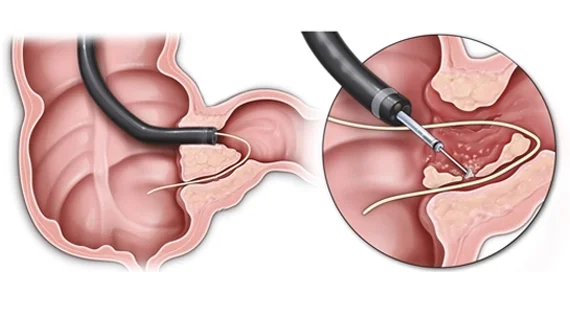Anal fistulas are abnormal connections between the end of the bowel and the skin near the anus. They are often the result of an infection that has developed into an abscess. The duration of an anal fistula can vary, with some requiring medical intervention to heal completely.
If an anal fistula does not improve or causes significant discomfort, it is essential to seek medical advice. Left untreated, fistulas can lead to serious complications, including persistent pain and infection. Early diagnosis and treatment are crucial to managing symptoms and preventing further issues

Symptoms
- Worst Symptoms of Anal Fistulas
- Persistent pain and swelling around the anus
- Discharge of pus or blood
- Visible opening near the anus
- Symptoms Distinguishing Internal from External Anal Fistulas
- Internal fistulas: Connect the bowel to other internal organs or structures, may not be visible externally
- External fistulas: Connect the bowel to the skin near the anus, visible as openings
- Early Signs of Anal Fistulas
- Pain and swelling near the anus
- Recurrent abscesses
- Discharge that may be bloody or pus-filled
Causes and Risk Factors
- Common Causes of Anal Fistulas
- Infection and abscess formation in the anal glands
- Crohn’s disease and other inflammatory bowel diseases
- Can Anal Fistulas Heal on Their Own?
- Fistulas typically require medical treatment to heal completely and do not usually resolve on their own.
- Is it Okay to Live with Anal Fistulas?
- Living with an untreated fistula can lead to chronic pain and recurrent infections, making medical treatment essential.
Treatment Options for Anal Fistula
Anal fistulas can be complex and may require a combination of treatments to manage effectively.
Fistulotomy
Fistulotomy is a common surgical procedure used to treat anal fistulas. The procedure involves cutting open the fistula tract to allow it to heal from the inside out. This helps to prevent the formation of abscesses and promotes healing.

Fistulotomy is most effective for simple fistulas that are close to the skin's surface and do not involve a significant amount of the sphincter muscle.
Recovery time for a fistulotomy is relatively short, with most patients returning to normal activities within a few weeks. Complete healing may take longer, depending on the size and complexity of the fistula.
Other Surgical Options
In addition to fistulotomy, other surgical options include seton placement, where a thread or plastic drain is inserted to keep the fistula open and drain infection, and advanced flap procedures for more complex cases.
Surgical treatments are best suited for chronic or complex fistulas that have not responded to conservative measures.
Recovery time varies based on the type of surgery performed. Most patients can return to normal activities within a few weeks, though complete healing may take longer.
Special Considerations
The four types of perianal fistulas include intersphincteric, transsphincteric, suprasphincteric, and extrasphincteric fistulas.
The most common fistula in females is the vesicovaginal fistula, which connects the bladder to the vagina.
The most common site for a fistula is the perianal region, where it connects the anal canal to the skin around the anus.
Symptoms include recurrent urinary tract infections, passage of gas or stool through the urine, and pain.
A rectovaginal fistula is an abnormal connection between the rectum and vagina, leading to the passage of stool through the vagina.
Hospital stays for colovesical fistula surgery typically range from a few days to a week, depending on the complexity of the surgery and the patient’s recovery.
Common Misconceptions
Yes, both conditions cause pain and discomfort near the anus, but they have different causes and treatments.
Yes, having a fistula can make bowel movements painful and difficult.
Yes, but it may be painful and lead to discharge from the fistula.
Prolonged sitting can increase discomfort and pressure on the fistula, potentially worsening symptoms.
Frequently Asked Questions (FAQs)
While it’s challenging to diagnose a fistula at home, persistent pain, swelling, and discharge near the anus may indicate a fistula. Seek medical evaluation for an accurate diagnosis.
Yes, fistulas can cause a foul-smelling discharge due to infection and the presence of pus.
Avoid strenuous activities and heavy lifting. Maintain good hygiene and follow your doctor’s advice on managing the condition.
The beginning of a fistula may feel like a tender, swollen area near the anus, often accompanied by pain and drainage.
Pain relief can be achieved through warm sitz baths, over-the-counter pain relievers, and applying prescribed topical treatments.
Hemorrhoids are swollen veins, while fistulas are abnormal connections. Hemorrhoids cause bleeding and itching, whereas fistulas cause pain, swelling, and discharge. A healthcare provider can provide a definitive diagnosis.
Submit your Suggestion





